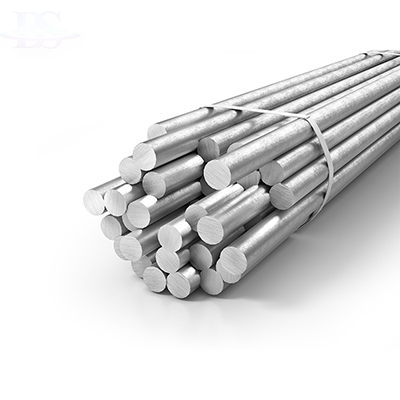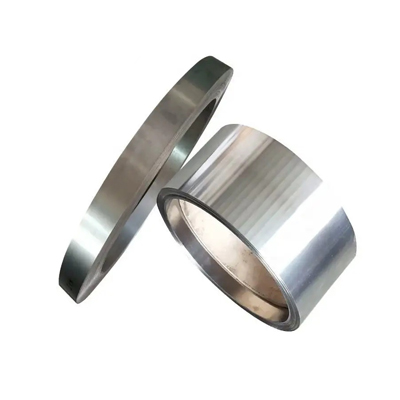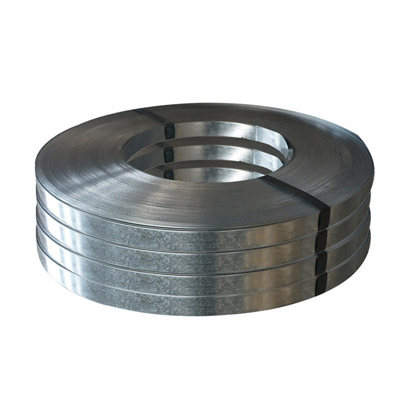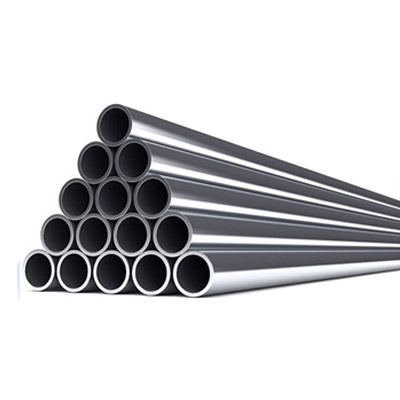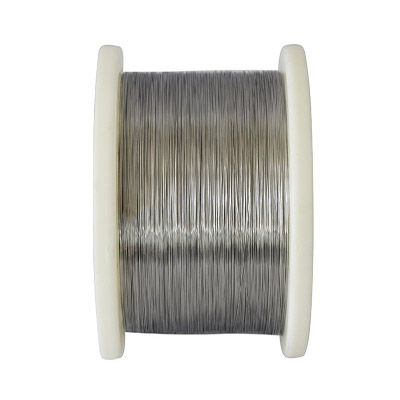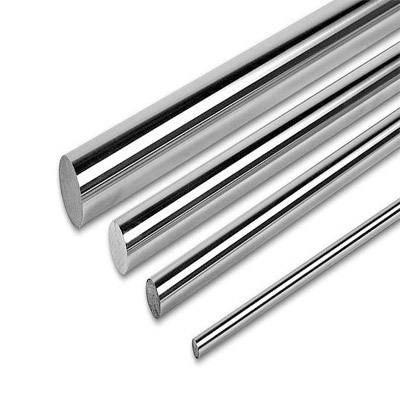Inconel alloy 625/UNS N06625/W.Nr. 2.4856 ASTM B446 wire bar sheet
Overview
INCONEL nickel-chromium alloy 625 (UNS N06625/W.Nr. 2.4856) is used for its high strength, excellent fabricability (including joining), and outstanding corrosion resistance. Service temperatures range from cryogenic to 1800°F (982°C).
The strength of INCONEL 625 alloy is due to the strengthening of its nickel-chromium matrix by molybdenum and niobium, so there is no need for precipitation hardening. This combination of elements has superior properties in dealing with a variety of extremely harsh corrosive environments as well as high temperature oxidation and carbonization.
INCONEL alloy 625 is suitable for Marine applications due to the following characteristics: no local corrosion (pitting and crevices), high corrosion fatigue strength, high tensile strength, and resistance to chloride ion stress corrosion cracking.
High tensile, creep and fracture strength; Excellent fatigue and thermal fatigue strength; Antioxidant properties; The excellent weldability and brazing properties of INCONEL alloy 625 have made it of interest in the aerospace field. It is widely used in aircraft duct system, engine exhaust system, thrust reversal system and many other fields.
In the nuclear field, INCONEL alloy 625 may be used for reactor-core and control-rod components in nuclear water reactors. The material can be selected because of its high strength, excellent uniform corrosion resistance, resistance to stress cracking and excellent pitting resistance in 500°-600°F (260-316°C) water. Alloy 625 is also being considered in advanced reactor concepts because of its high allowable design strength at elevated temperatures, especially between 1200°-1400°F (649-760°C).
Limiting Chemical Composition, %
Nickel......................................................................................................................................................................................58.00 min.
Chromium............................................................................................................................................................................20.00-23.00
Iron...........................................................................................................................................................................................5.00 max.
Molybdenum ........................................................................................................................................................................8.00-10.00
Niobium (plus Tantalum).......................................................................................................................................................3.15-4.15
Carbon.....................................................................................................................................................................................0.10 max.
Manganese..............................................................................................................................................................................0.50 max.
Silicon.......................................................................................................................................................................................0.50 max.
Phosphorus...........................................................................................................................................................................0.015 max.
Sulfur......................................................................................................................................................................................0.015 max.
Aluminum.................................................................................................................................................................................0.40 max.
Titanium....................................................................................................................................................................................0.40 max.
Cobalta......................................................................................................................................................................................1.00 max.
Physical Constants
Density |
lb/in^3.................................................................................................0.305 |
g/cm^3..................................................................................................8.44 | |
Specific Heat |
Btu/lb-°F( J/kg-°C) |
0°F (-18°C)................................................................................0.096 (402) | |
70°F (21°)................................................................................0.098 (410) | |
200°F (93°C).............................................................................0.102 (427) | |
400°F (204°C)..........................................................................0.109 (456) | |
600°F (316°C)..........................................................................0.115 (481) | |
800°F (427°C)..........................................................................0.122 (511) | |
1000°F (538°C)........................................................................0.128 (536) | |
1200°F (649°C)........................................................................0.135 (565) | |
1400°F (760°C)........................................................................0.141 (590) | |
1600°F (871°C)........................................................................0.148 (620) | |
1800°F (982°C)........................................................................0.154 (645) | |
2000°F (1093°C)......................................................................0.160 (670) | |
Permeability |
at 200 Oersted (15.9 kA/m)............................................................1.0006 |
Melting Range |
°F................................................................................................2350-2460 |
°C................................................................................................1290-1350 | |
Curie Temperature |
°F.........................................................................................................<-320 |
°C..........................................................................................................-196 |
Mechanical properties
For service at 1200°F and below, hotfinished, cold-finished, and annealed conditions (depending on requirements involved) are recommended.
For service above 1200°F, either annealed or solution-treated material will give best service.
The solution-treated condition is recommended for components that require optimum resistance to creep or rupture. Fine-grained (annealed) material may be advantageous at temperatures up to 1500°F with respect to fatigue strength, hardness, and tensile and yield strength.
Tensile-properties
Nominal Room-Temperature Mechanical Properties | |||||||
|
Form And Condition |
Tensile Strength |
Yield Strength (0.2%Offset) |
Elongation |
Reduction OfArea |
Hardness Brinell |
||
ksi |
MPa |
ksi |
MPa |
% |
% |
||
ROD,BAR,PLATE |
|||||||
As-Rolled |
120-160 |
827-1103 |
60-110 |
414-758 |
60-30 |
60-40 |
175-240 |
Annealed |
120-150 |
827-1034 |
60-95 |
414-655 |
60-30 |
60-40 |
145-220 |
Solution-Treated |
105-130 |
724-896 |
42-60 |
290-414 |
65-40 |
90-60 |
116-194 |
SHEET and STRIP |
|||||||
Annealed |
120-150 |
827-1034 |
60-90 |
414-621 |
55-30 |
145-240 |
|
|
TUBE and PIPE, COLD-DRAWN |
|||||||
Anneale |
120-140 |
827-965 |
60-75 |
414-517 |
55-30 |
||
Solution-Treated |
100-120 |
689-827 |
40-60 |
276-414 |
60-40 |
||
Corrosion Resistance
The high alloy content of INCONEL alloy 625 enables it to withstand a wide variety of severe corrosive environments. In mild environments such as the atmosphere, fresh and sea water, neutral salts, and alkaline media there is almost no attack. In more severe corrosive environments the combination of nickel and chromium provides resistance to oxidizing chemicals, whereas the high nickel and molybdenum contents supply resistance to nonoxidizing environments. The high molybdenum content also makes this alloy very resistant to pitting and crevice corrosion, and niobium acts to stabilize the alloy against sensitization during welding, thereby preventing subsequent intergranular cracking. Also, the high nickel content provides freedom from chloride ion stresscorrosion cracking.
Heat Treatment
Hot- or cold-formed parts are usually annealed at 1700°-1900°F for times commensurate with thickness; higher temperatures may be used to soften material for additional cold work. INCONEL alloy 625 is solution-treated at 2000°-2200°F. These temperatures are metal temperatures based on batch operations and may not apply to continuous annealing, which normally consists of short exposure in the hot zone of a furnace set at higher temperatures. The rate of cooling after heating has no significant effect on INCONEL alloy 625.
According to tests,Heating cold-drawn material at 1100° to 1400°F reduces residual stress. Stress relief is virtually complete when the material is heated to 1600°F.
Available Forms
We provide you with a variety of product forms, including but not limited to
● Bar & Rod
● Pipe & Tube
● Coil & Strip
● Plate & Sheet & Circle
● Wire & Welding
● Fitting (Flange, Elbow, Tee...)
● Customize
description2



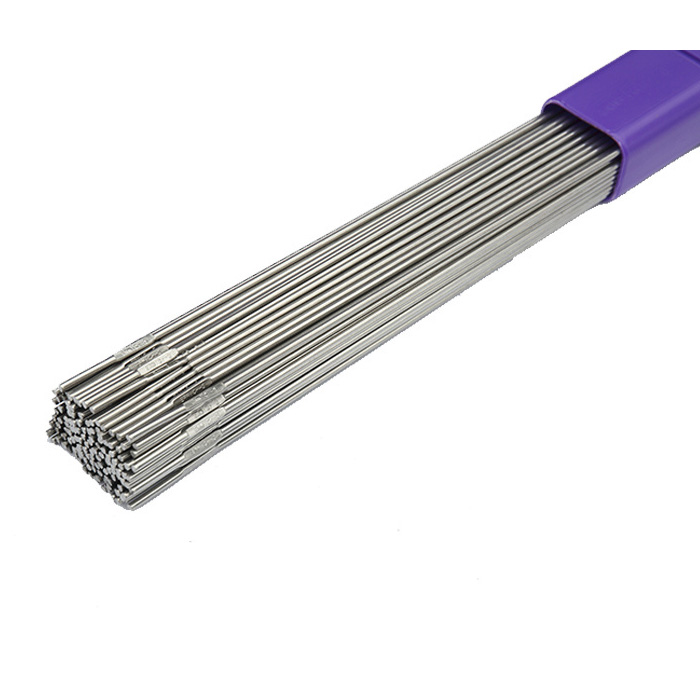 Inconel 625
Inconel 625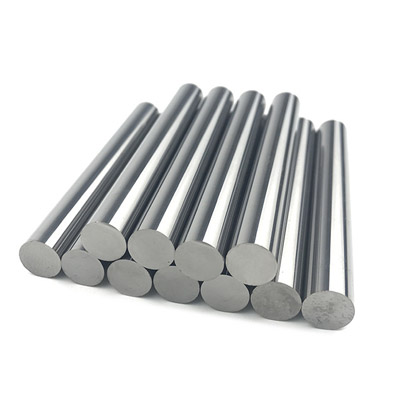 Inconel 718
Inconel 718 Inconel 725
Inconel 725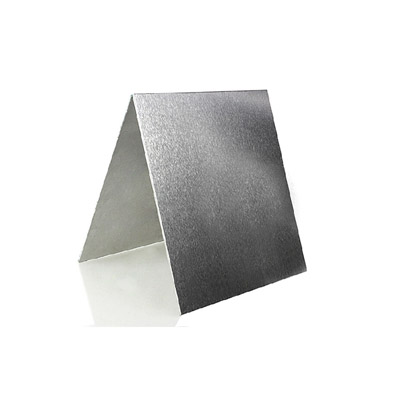 Inconel X-750
Inconel X-750 Inconel 690
Inconel 690 Inconel 617
Inconel 617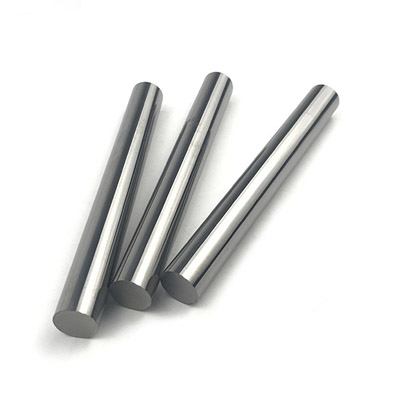 Inconel 601
Inconel 601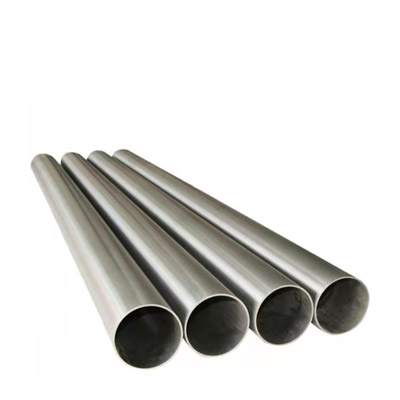 Inconel 600
Inconel 600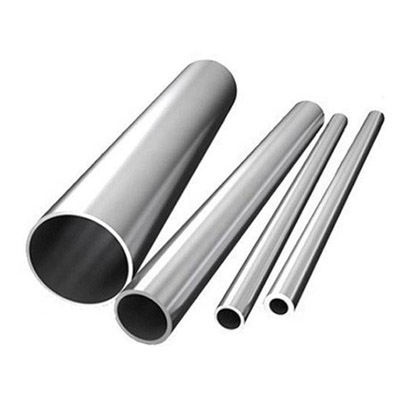 Inconel 686
Inconel 686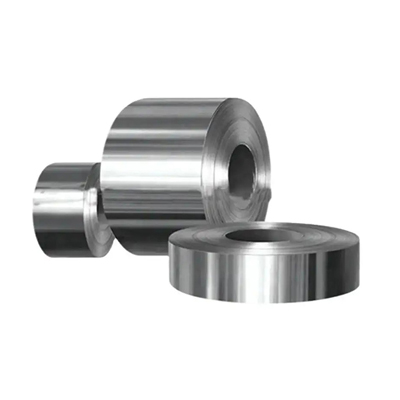 Inconel 602CA
Inconel 602CA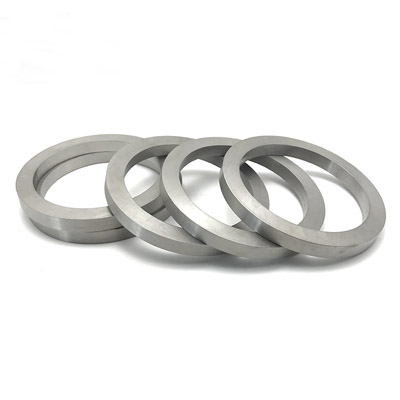 Incoloy A-286
Incoloy A-286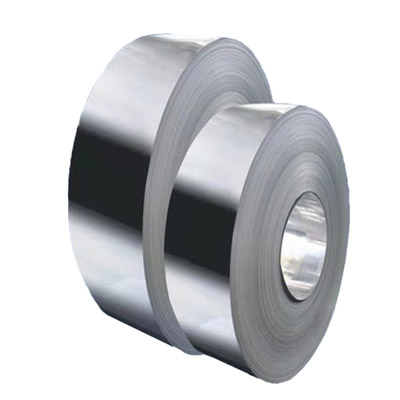 Incoloy 825
Incoloy 825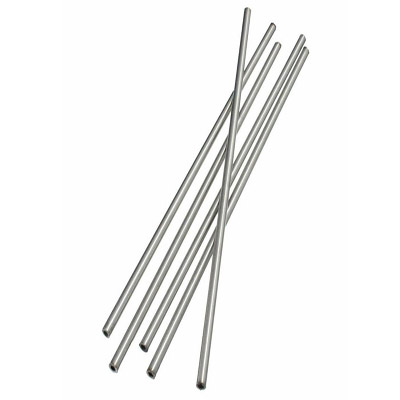 Incoloy 925
Incoloy 925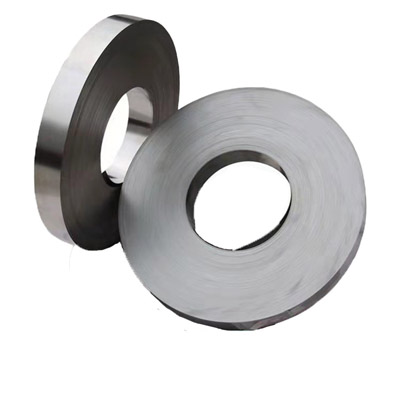 Incoloy 926
Incoloy 926 Incoloy 800
Incoloy 800 Incoloy 800H
Incoloy 800H Incoloy 800HT
Incoloy 800HT Incoloy 909
Incoloy 909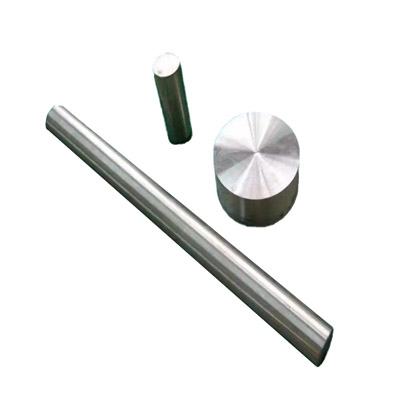 Incoloy 31
Incoloy 31 Incoloy 901
Incoloy 901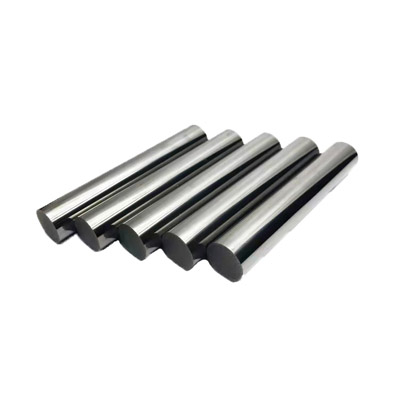 Monel K-500
Monel K-500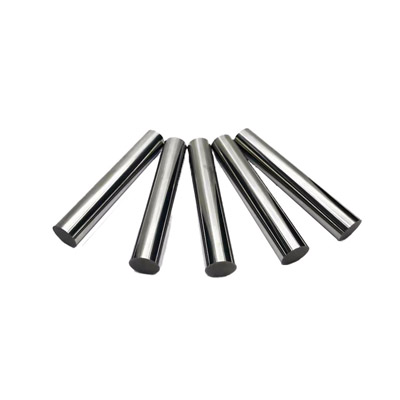 Monel 400
Monel 400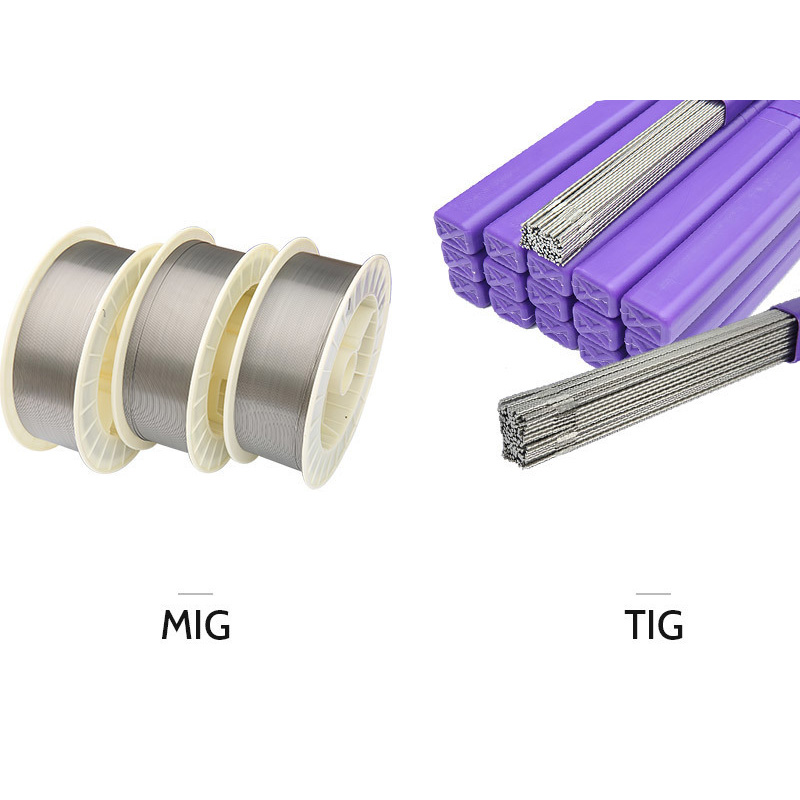 Nimonic 263
Nimonic 263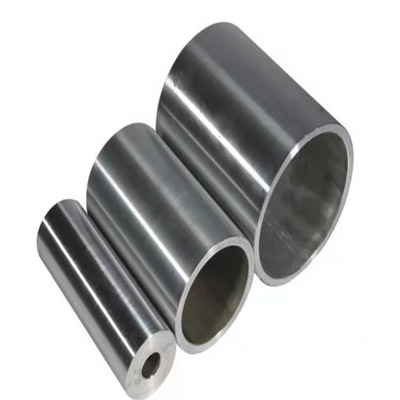 Nimonic 75
Nimonic 75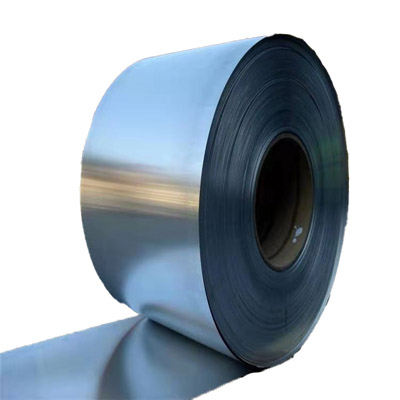 Nimonic 80A
Nimonic 80A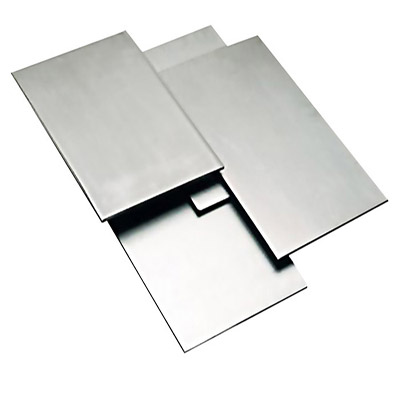 Nimonic 90
Nimonic 90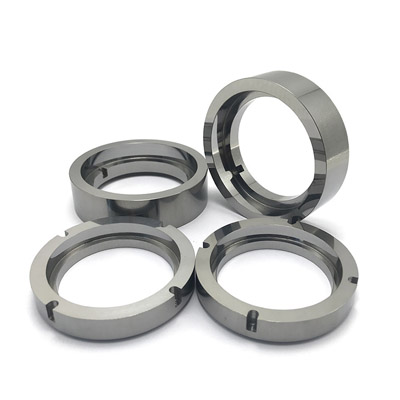 Nimonic PE11
Nimonic PE11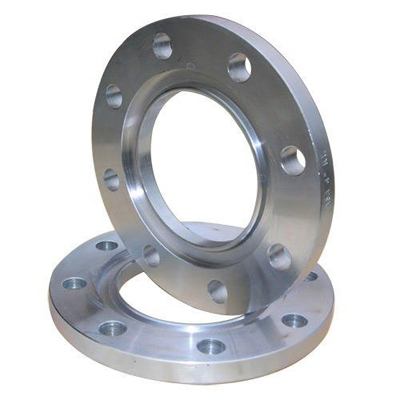 Nimonic PE16
Nimonic PE16 Nimonic PK33
Nimonic PK33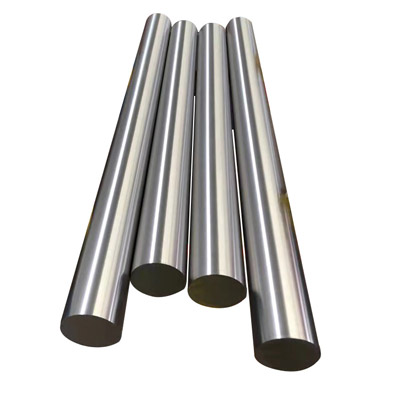 Nimonic 901
Nimonic 901 Nimonic 81
Nimonic 81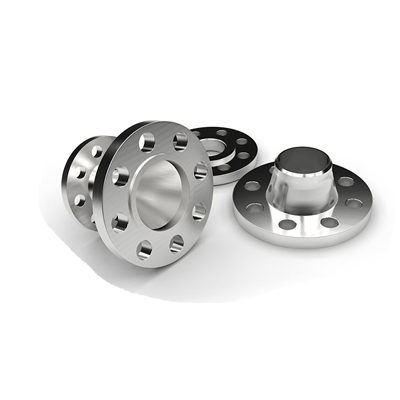 Nimonic 86
Nimonic 86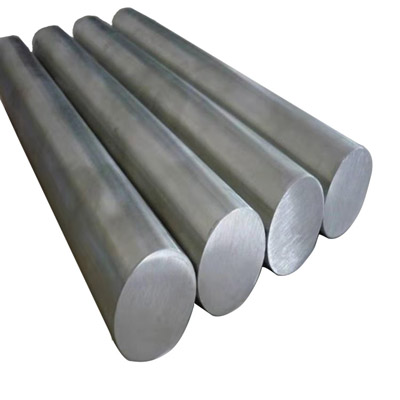 Nimonic 105
Nimonic 105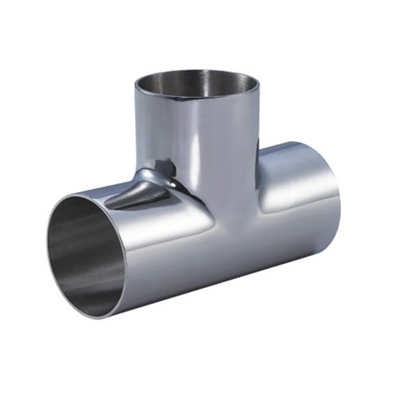 Nimonic 115
Nimonic 115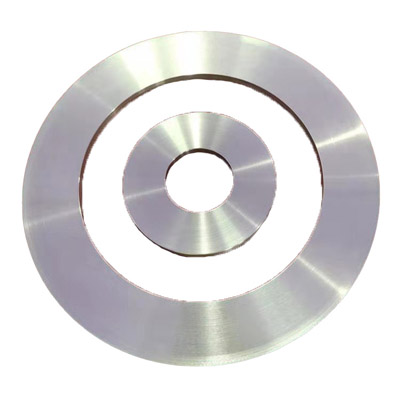 Hastelloy C-276
Hastelloy C-276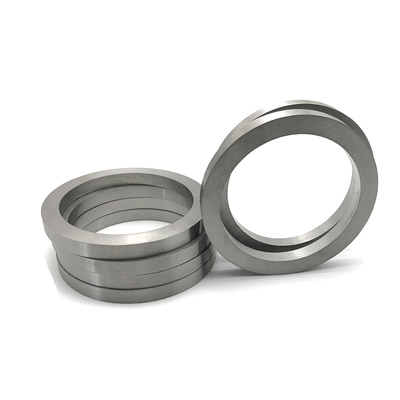 Hastelloy C
Hastelloy C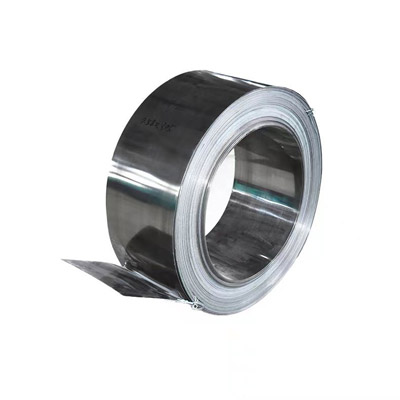 Hastelloy C4
Hastelloy C4 Hastelloy C-22
Hastelloy C-22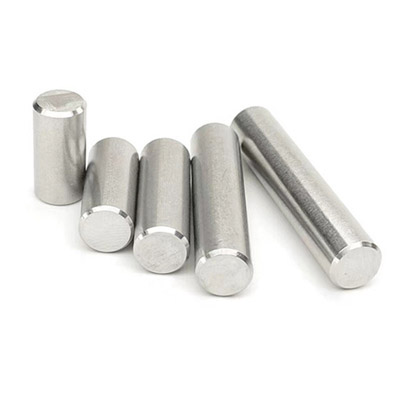 Hastelloy C-2000
Hastelloy C-2000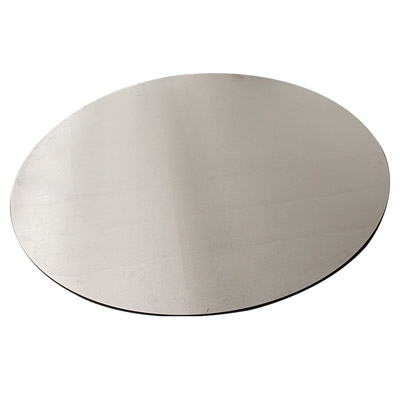 Hastelloy B-2
Hastelloy B-2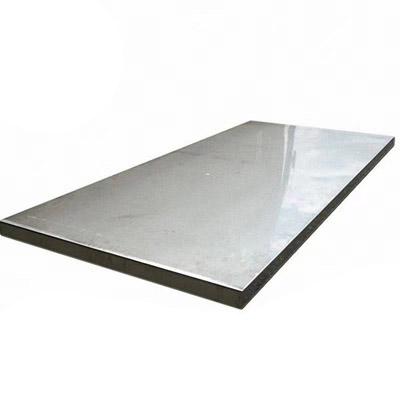 Hastelloy B-3
Hastelloy B-3 Hastelloy G30
Hastelloy G30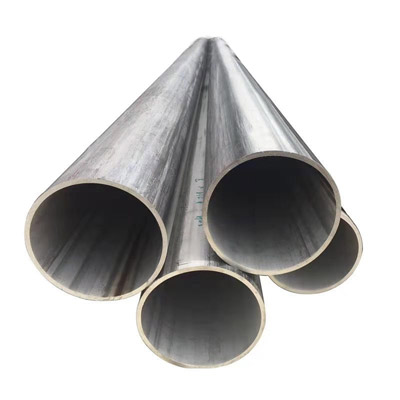 Hastelloy X
Hastelloy X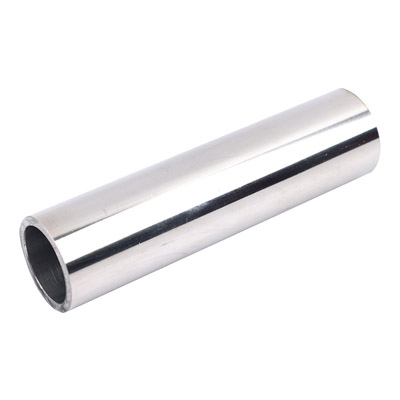 Super Invar 32-5(4J32)
Super Invar 32-5(4J32)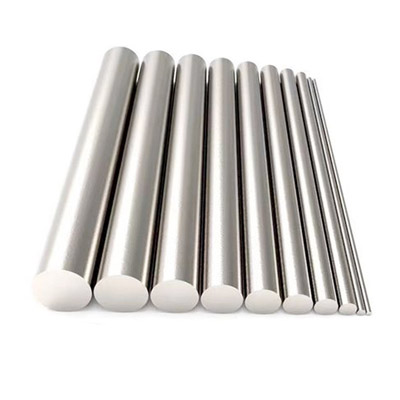 Alloy 36(4J36)
Alloy 36(4J36)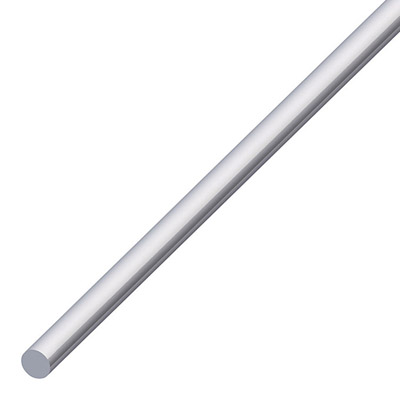 Alloy 42(4J42)
Alloy 42(4J42) Alloy 50(1J50)
Alloy 50(1J50) Hiperco 50(1J22)
Hiperco 50(1J22)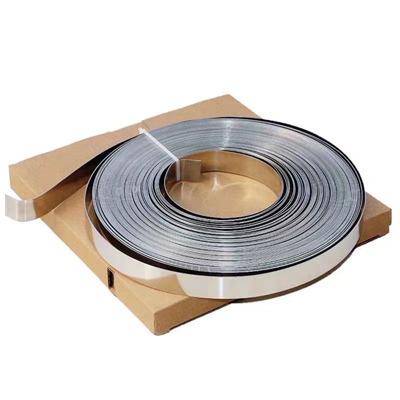 Alloy 46
Alloy 46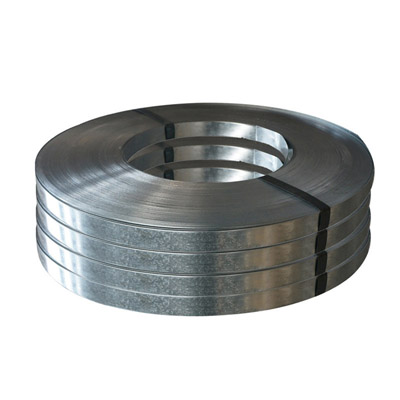 Permalloy (1J79)
Permalloy (1J79) Supermalloy(1J85)
Supermalloy(1J85)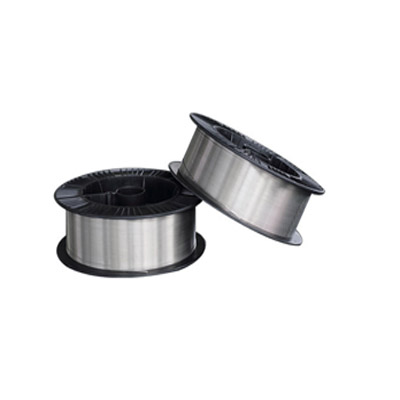 ERNiCrMo-2
ERNiCrMo-2 ERNiCrMo-3
ERNiCrMo-3 ERNiCrMo-4
ERNiCrMo-4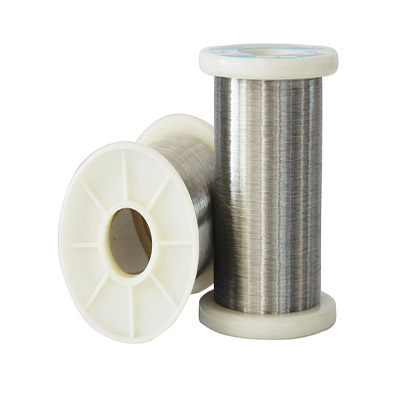 ERNiCrFe-7
ERNiCrFe-7 ERNiCrFe-7A
ERNiCrFe-7A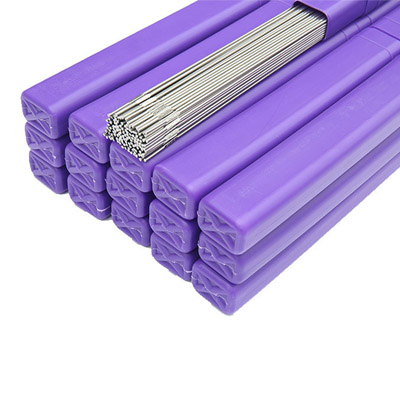 ERNiCrMo-10
ERNiCrMo-10 ERNiCrCoMo-1
ERNiCrCoMo-1 ERNiFeCr-2
ERNiFeCr-2 ERNiFeCr-1
ERNiFeCr-1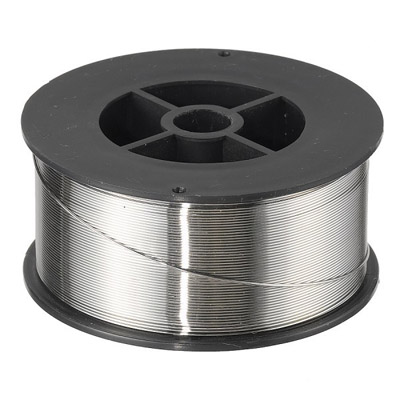 ERNiMo-8
ERNiMo-8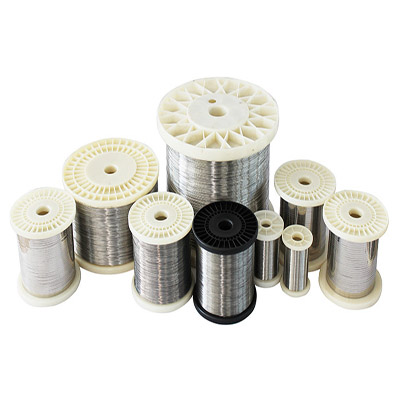 ERNiCrMo-13
ERNiCrMo-13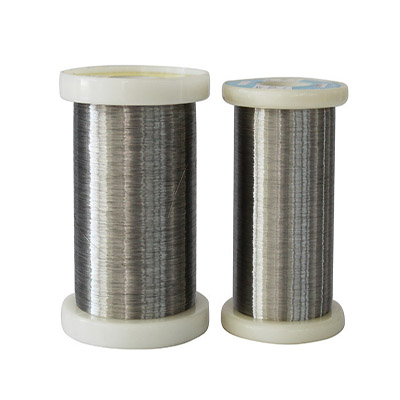 ERNiCr-4
ERNiCr-4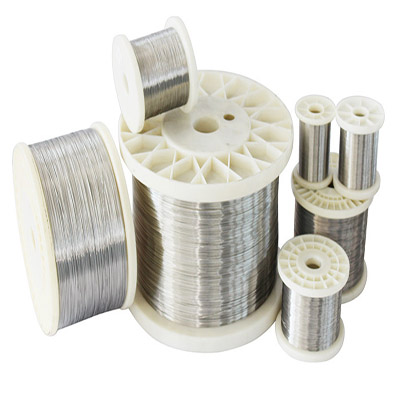 ERNiCr-3
ERNiCr-3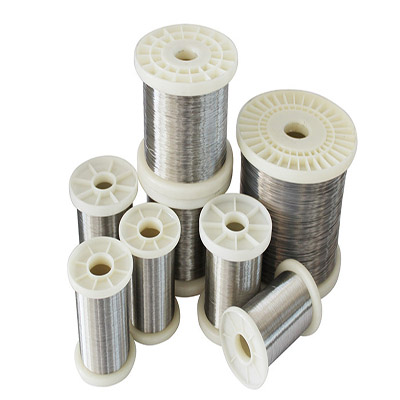 ERNi-1
ERNi-1 Haynes-25
Haynes-25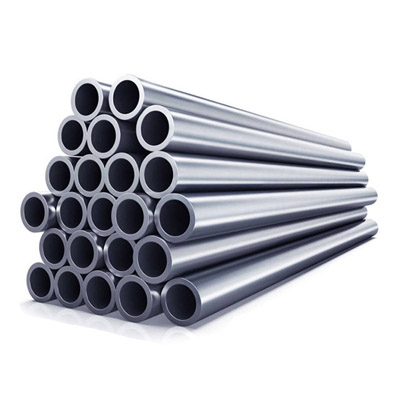 Hayness-188
Hayness-188 MP35N
MP35N Refractory 26
Refractory 26 Waspaloy alloy
Waspaloy alloy 17-4PH
17-4PH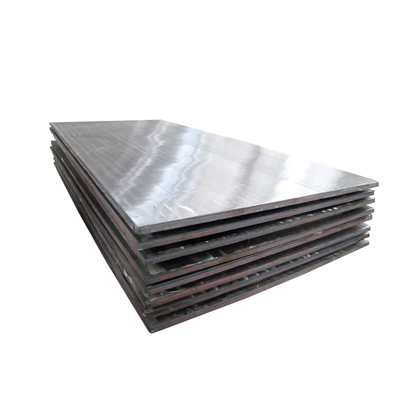 17-7PH
17-7PH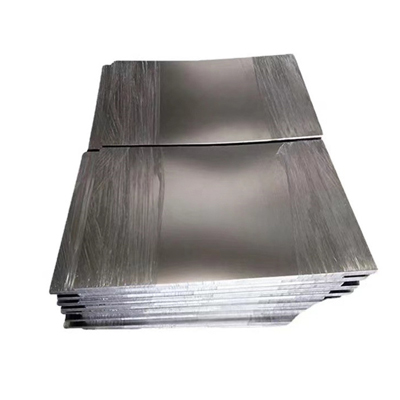 904L
904L Nitronic 50
Nitronic 50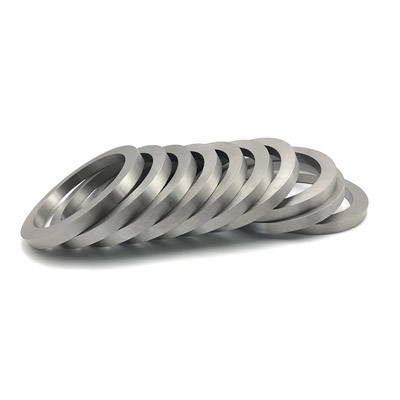 Nitronic 60
Nitronic 60 AL-6XN
AL-6XN F55
F55 PH 13-8
PH 13-8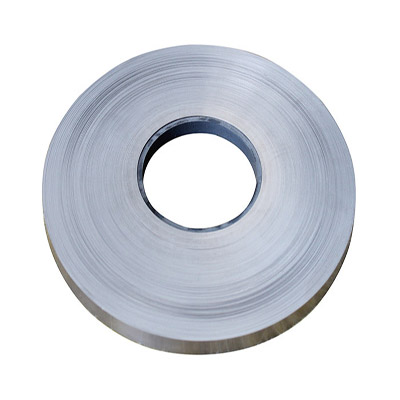 Haynes-230
Haynes-230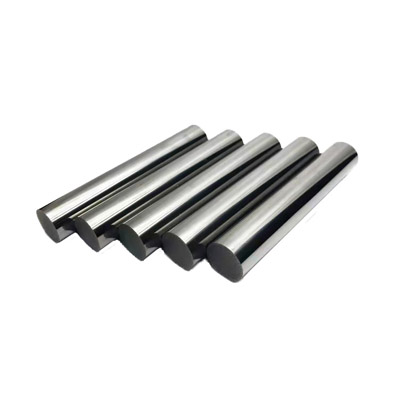 Nickel 200
Nickel 200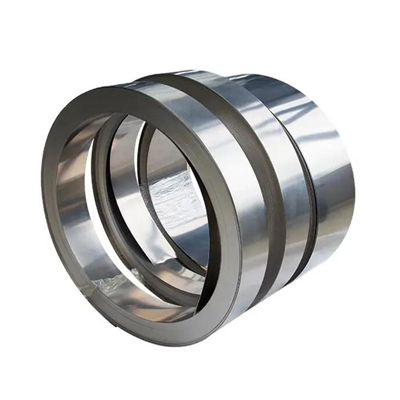 Cr20Ni80
Cr20Ni80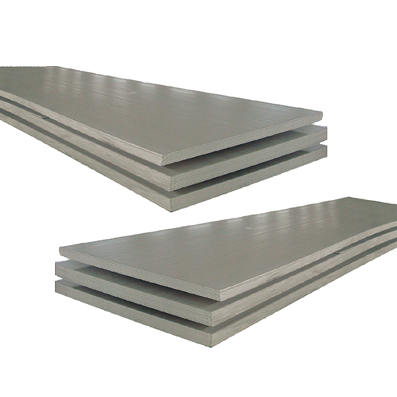 Sheet & Plate
Sheet & Plate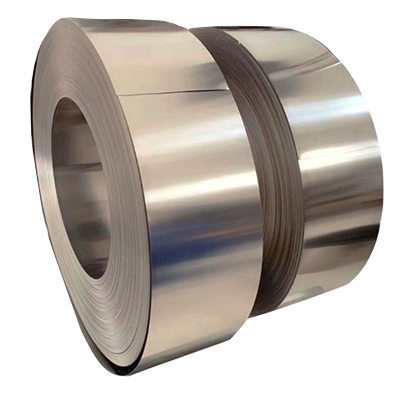 Strip & Foil
Strip & Foil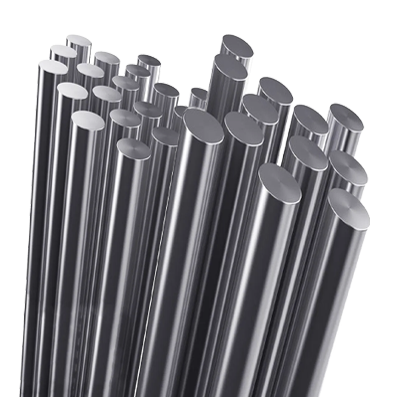 Bar & Rod
Bar & Rod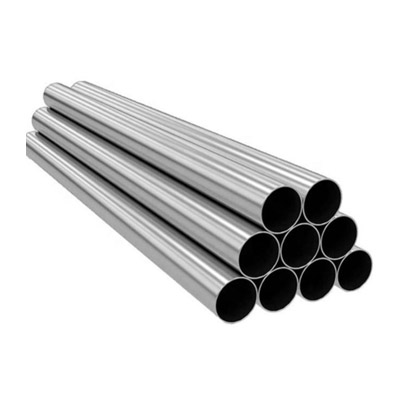 Pipe & Tube
Pipe & Tube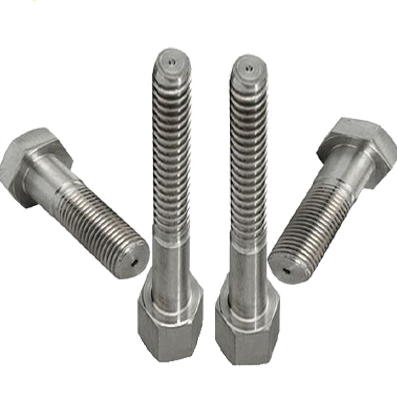 Bolts & Fasteners
Bolts & Fasteners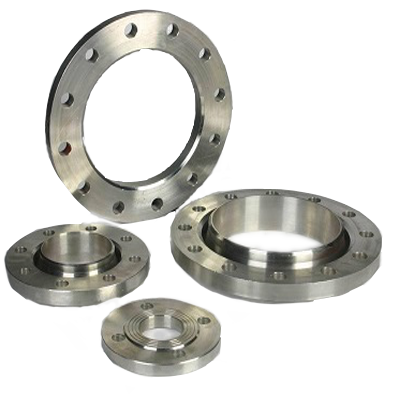 Flange & Ring
Flange & Ring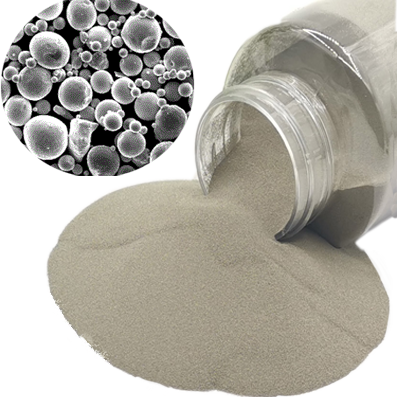 Nickel Alloy Powder
Nickel Alloy Powder

